Best Dog Performances in Cinema: There’s something about dogs on screen that cuts through everything else. They don’t act like they’re being watched. They just exist—intensely present, unfiltered, emotionally available in a way most humans aren’t. And maybe that’s why their presence in cinema often feels bigger than the screen they’re on. In film, dogs have always been more than pets or sidekicks. They’ve been witnesses to grief, mirrors to loneliness, partners in crime, and the occasional punchline. You’ll find them curled up on couches in slow-moving dramas. Charging through chaos in thrillers. Staring into the void in post-apocalyptic landscapes. Even carrying love stories on their own backs (looking at you, spaghetti scene). They’ve quietly moved through every genre—sometimes guiding the story, sometimes holding it together when everything else is falling apart. In horror, a dog’s bark is often the first warning. In comedy, they bring timing that doesn’t need dialogue. In romance, they become bridges between lonely people. And in thrillers, they’re the ones who never hesitate when it’s time to protect, to run, or to stay.
This list isn’t just about famous movie dogs. It’s about the dogs who delivered actual performances—whether through trained precision, raw expression, or clever animation that felt deeply real. So here’s a look at some of the best dog performances in cinema. The ones that stayed with us. The ones that didn’t just support the story—they were the story. Before we wrap up, it’s only fair to tip our hats to a special dog who may not have taken center stage for long, but still left a lasting impression.
Honorable Mention:
Daisy in John Wick (2014)
Genre: Action, Revenge Thriller
Breed: Beagle
Daisy doesn’t stay long on screen, but her presence lingers across the entire franchise. She’s a parting gift from John Wick’s dying wife—one final thread tying him to something soft, something human. When that thread is violently cut, it doesn’t just kick off the plot—it fractures something deep within him. Her death isn’t just emotional; it’s catalytic. It transforms a quiet man in mourning into a force of vengeance. In a genre crowded with guns and vendettas, it’s the silent, trusting eyes of a beagle pup that create the deepest rupture. Daisy isn’t just a victim—she’s the reason the myth of John Wick begins.
1. Brandy in Once Upon a Time in Hollywood (2019)
Genre: Drama, Thriller
Breed: Pit Bull
Quentin Tarantino’s film moves like a slow fuse. It’s a hangout story about fading fame, violence simmering in the background, and old-school Hollywood trying to hold its ground. In that rhythm, Brandy—the pit bull owned by Brad Pitt’s Cliff Booth—feels like an accessory at first. Loyal, well-trained, eating from a can with absolute obedience. But then the fuse lights. In the final act, when things spiral into chaos, Brandy shifts the mood of the entire film. She doesn’t just attack on command—she alters the tension, tipping it from slow burn to brutal payoff. Her presence reframes Cliff Booth’s character, and the movie’s core question—what does loyalty look like in a world falling apart?—gets answered by a dog. It’s smart genre play. You’re watching a revisionist thriller, and the dog is the climax’s anchor.
2. Hachiko in Hachi: A Dog’s Tale (2009)
Genre: Drama, Biographical
Breed: Akita
Based on a true story from Japan, this film doesn’t stretch the narrative. It lets it breathe. Hachiko meets his owner, a university professor, by chance. From that point on, he walks with him to the train station every day and waits at the same spot until he returns. One day, the professor doesn’t come back. But Hachiko keeps waiting. Not once or twice. For years. The simplicity is the point. There’s no action, no twist. It’s about quiet repetition and devotion that doesn’t need explanation. That kind of loyalty would feel unrealistic in a human character. With a dog, it’s devastatingly believable. Hachiko doesn’t shift the genre—he defines the tone. A film about grief becomes bearable only because of his steadiness.
3. Dug in Up (2009)
Genre: Animated, Adventure, Comedy
Breed: Golden Retriever (Animated)
Dug doesn’t have much screen time in the first act of Up. But the moment he appears, the film shifts. Until then, it’s Carl’s emotional journey—melancholy, slow, full of unspoken loss. Dug enters like sunlight through a curtain. He’s engineered with a voice collar that translates his thoughts, but the genius is in how simple those thoughts are. “I just met you, and I love you.” That line sounds silly, but in the context of Carl’s isolation, it lands hard. Dug isn’t comic relief. He’s emotional relief. He opens Carl up. In an adventure story, Dug becomes both sidekick and therapy. He brings levity without irony. He’s excited, confused, devoted. Everything Carl is not, but needs to be around. Without Dug, Up would still be beautiful—but far less alive.
4. Uggie in The Artist (2011)
Genre: Silent, Romance, Drama
Breed: Jack Russell Terrier
In a black-and-white silent film, the performances have to carry more than usual. Every eye movement, every gesture counts. Uggie, as the companion of a fading silent movie star, doesn’t just keep up—he sets the pace. While the protagonist’s world crumbles during the transition to talkies, Uggie becomes the only consistent presence. When the actor falls into depression, it’s Uggie who saves him—literally and emotionally. You can feel the dog’s concern in every scene. No words. Just movement, timing, and stillness. In a story about the loss of voice and relevance, Uggie becomes a nonverbal force of hope. It’s a performance built on presence. And in a silent film, that’s everything.
5. Einstein in Back to the Future (1985)
Genre: Sci-Fi, Adventure
Breed: Sheepdog
Einstein isn’t in the film for long, but he sets the tone. He’s Doc Brown’s first test subject for the DeLorean time machine—and he survives. That changes everything. It’s a small moment, but crucial. It tells the audience: this machine works. It’s safe (for now). You can trust it. Let’s go. He doesn’t have emotional scenes or action beats. But in a genre where suspension of disbelief is everything, Einstein makes the science feel grounded. It’s clever. You don’t need a monologue or a physics explanation—just a dog reappearing one minute into the future, alive and wagging. He’s the first time traveler in cinema, and that’s kind of perfect.
Also Related: 10 Must-See Unconventional Dog Movies
6. Benji in Benji (1974)
Genre: Family, Adventure
Breed: Mixed-breed mutt
Benji isn’t a trained dog with perfect fur. He looks like someone’s lost pet. That’s his strength. In the film, Benji roams a small town, drifting in and out of people’s lives. When two children are kidnapped, he becomes the only one who knows what’s going on—and decides to act. Not in human terms. Not with logic. Just instinct, observation, persistence. The film doesn’t anthropomorphize him too much. It respects the dogness. That’s rare. Benji doesn’t talk, doesn’t wear clothes, doesn’t get help from humans until he absolutely has to. It’s a story that respects a dog’s intelligence without turning it into a joke.
7. Sam in I Am Legend (2007)

Genre: Post-apocalyptic, Sci-Fi, Thriller
Breed: German Shepherd
Sam is the emotional center of the film. Will Smith’s character, Robert Neville, has lost everything—family, society, the structure of life as he knew it. But he has Sam. She’s not a prop. She’s his tether to memory, routine, and sanity. Their scenes aren’t dramatic. They’re subtle. Walks. Meals. Conversations without words. When she’s gone—and if you’ve seen the film, you know how that happens—it’s not just the loss of a pet. It’s the moment the world ends again. In a horror-thriller, Sam represents safety. Not because she protects him from infected humans, but because she reminds him what being human used to feel like.
8. Lady and Tramp in Lady and the Tramp (1955)
Genre: Animation, Romance
Breed: Cocker Spaniel and Mutt
The romance is told entirely from the dogs’ perspective—and it works. Not because they’re animals acting like humans, but because the emotions are universal: class divide, freedom, insecurity, attraction. Lady is a house pet raised with rules. Tramp is a street-smart outsider. Their bond unfolds through a series of small shared moments—chasing chickens, walking at night, the now-iconic spaghetti dinner. The genius is in how the film builds tension and warmth without humanizing them too much. It stays grounded in their reality. And because of that, it becomes ours too.
9. Flike in Umberto D. (1952)
Genre: Drama, Neorealism
Breed: Terrier mix
This isn’t a feel-good dog movie. It’s about poverty, loneliness, and survival in postwar Rome. Flike is owned by Umberto, an aging man with no money and no one left. His only companion is this small, scrappy dog who follows him through streets, shelters, and silence. Flike doesn’t perform. He simply is. That’s what makes it work. When Umberto contemplates suicide, Flike’s response isn’t sentimental. It’s confused, a little afraid, but deeply connected. In a film about what’s left when everything else is taken, Flike becomes the final thread tying Umberto to the world.
10. Toto in The Wizard of Oz (1939)
Genre: Fantasy, Adventure
Breed: Cairn Terrier
Toto is the reason Dorothy runs away. The reason she comes back. The one who stays by her side when the world turns color, and when it turns dangerous. He doesn’t just follow—he drives the plot. He reveals the Wizard’s trick. He alerts her to danger. He’s emotionally reactive, expressive, and always just enough in the background to feel real. In a fantasy that’s heavy with symbolism, Toto grounds the story. You might be in Oz, but the dog? The dog’s still real.
11. Snoop in Anatomy of a Fall (2023)
Genre: Courtroom Drama, Psychological Thriller
Breed: Border Collie
Snoop doesn’t have big moments in Anatomy of a Fall. No dramatic barking, no rescuing anyone, no overt loyalty scenes. But he’s present—observing, absorbing, witnessing. The film is about truth and perception, and whether Sandra Voyter pushed her husband to his death. Most of it plays out in words—in courtrooms, in transcriptions, in flashbacks told secondhand. But Snoop was there. He’s the only one who actually saw what happened. That silent knowledge, carried in his body, adds weight to every scene he appears in. There’s one specific moment—he’s drugged, motionless on the floor—that hits hard. Not because of what happens, but because of what it says: in a film where facts are manipulated and memories are reshaped, even the dog isn’t safe from being pulled into the narrative. Snoop doesn’t just accompany the plot. He symbolizes the helplessness of those who can’t speak, even when they’ve seen everything.
12. The Dog in Fallen Leaves (2023)
Genre: Deadpan Romance, Social Drama
Breed: Mixed-breed (Stray dog)
Kaurismäki’s world is spare, melancholic, and full of half-smiles and long pauses. In Fallen Leaves, the characters barely speak. They go to work, they eat alone, they drink. Life drifts. But then this stray dog shows up, and everything shifts just a little. Not much. But enough. The dog doesn’t “change” the story. There’s no big emotional arc. But it punctures the loneliness. Quietly. Without commentary. A gesture of care—adopting the dog—feels like a protest against the weight of being alone. That’s what Kaurismäki is always doing: saying things without saying them. And the dog, in that space, becomes more than a companion. He’s warmth in a cold frame. In a genre where nothing seems to matter and everyone is resigned to small fates, the dog is a quiet act of hope.

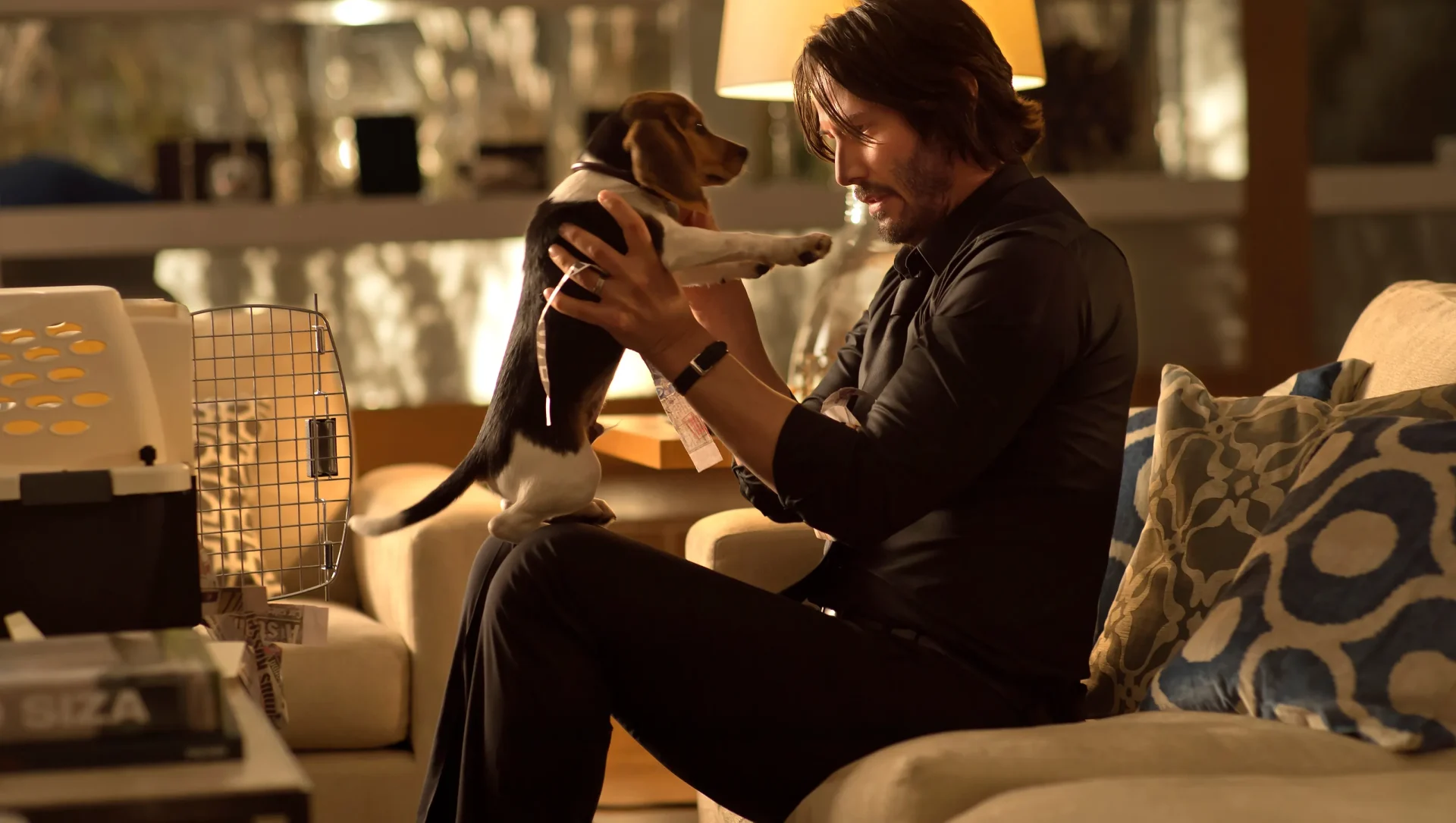
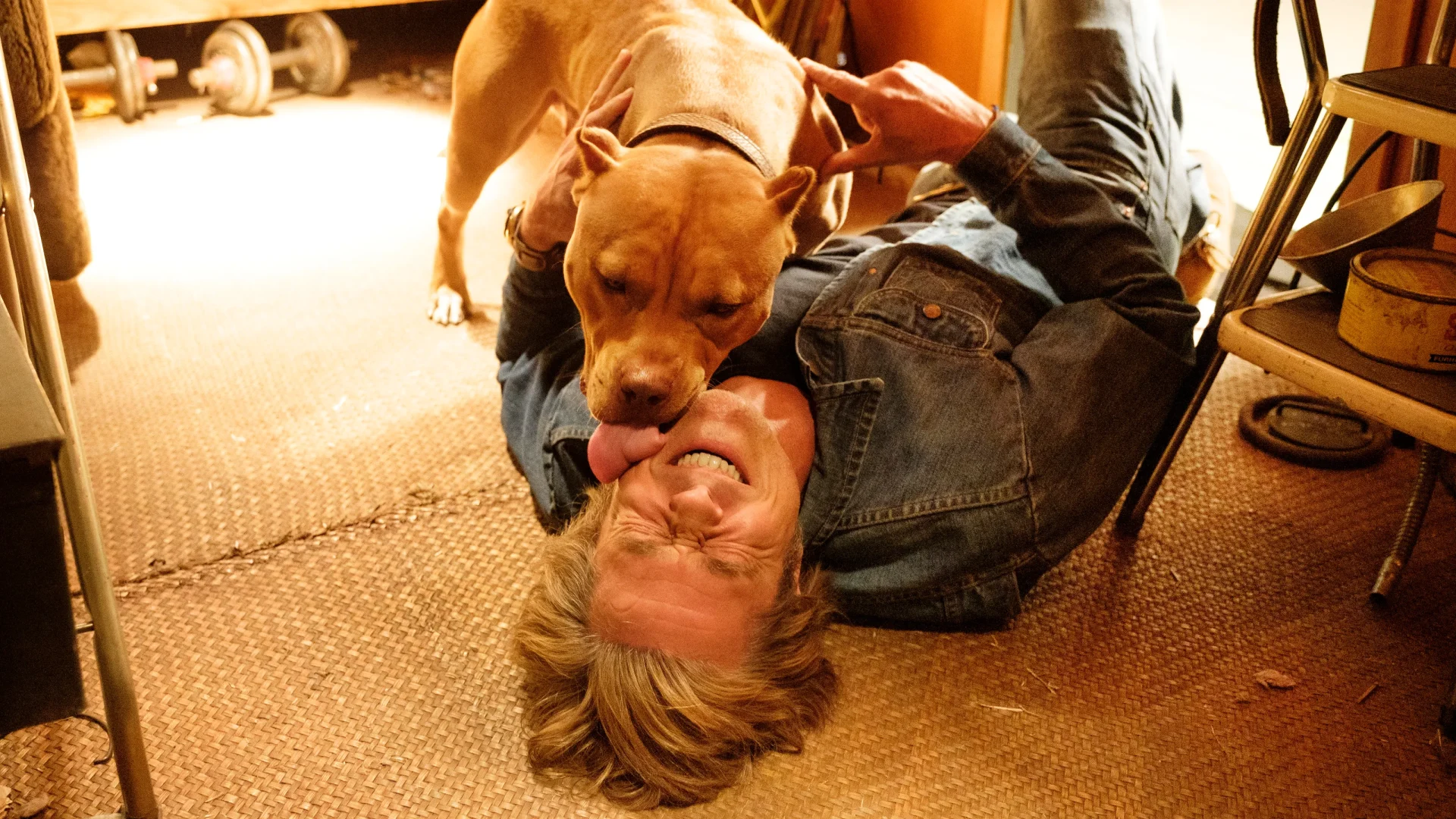
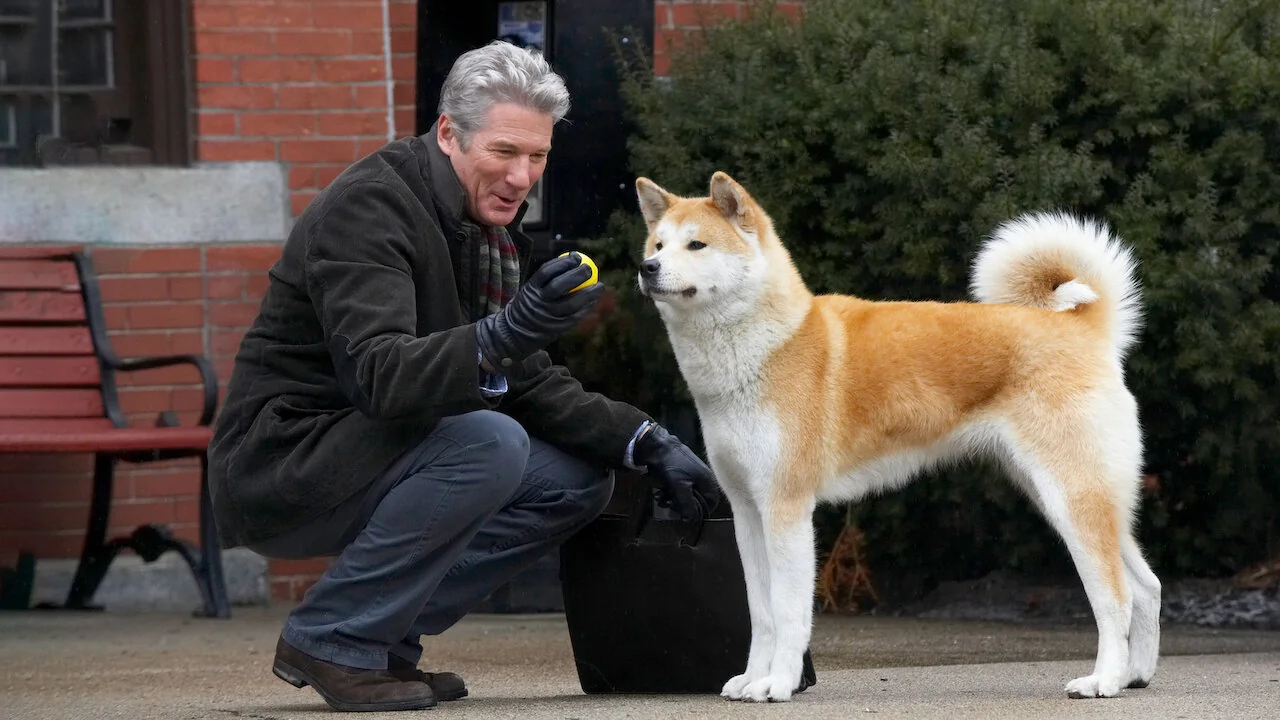
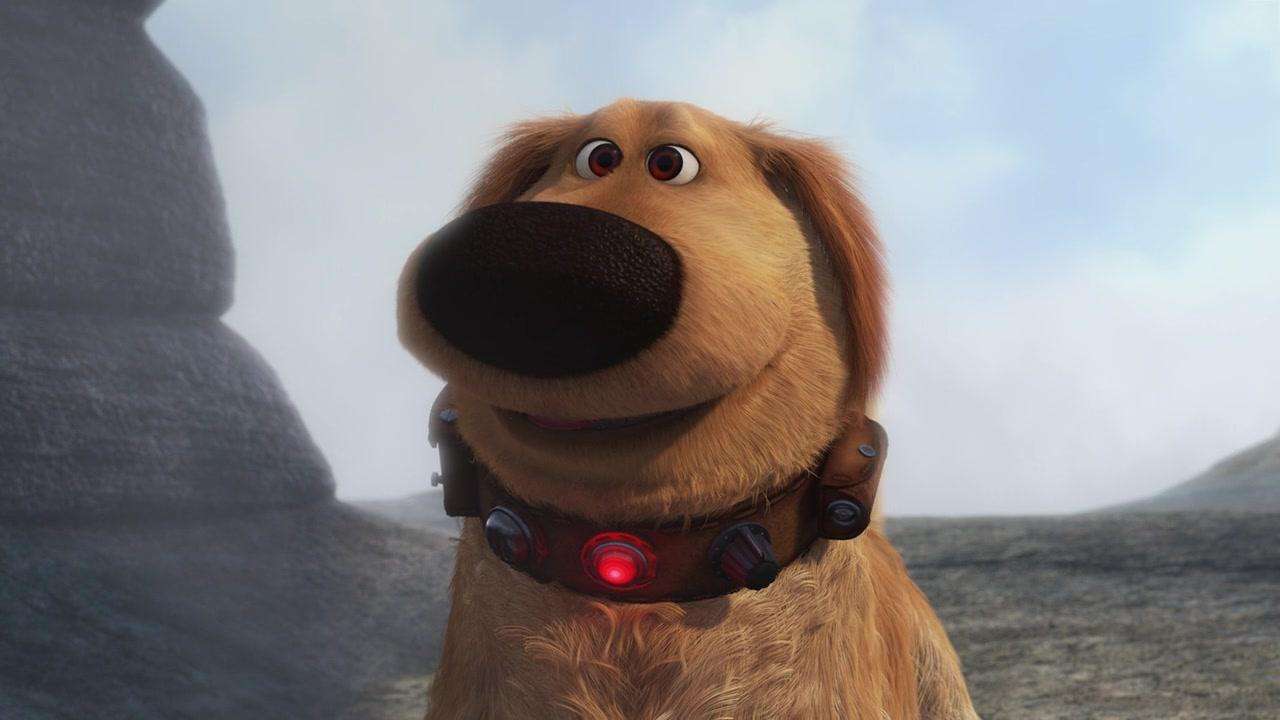

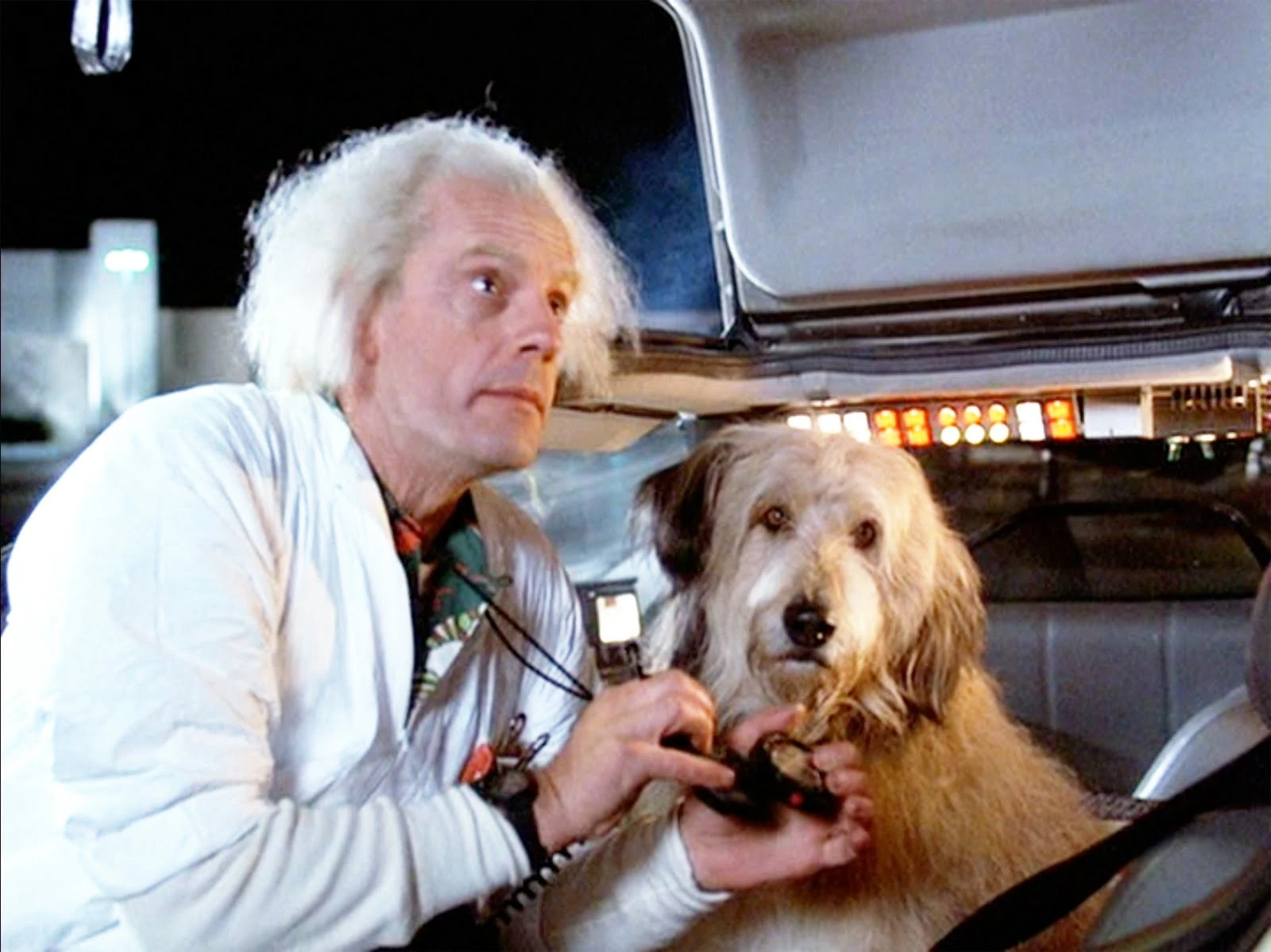
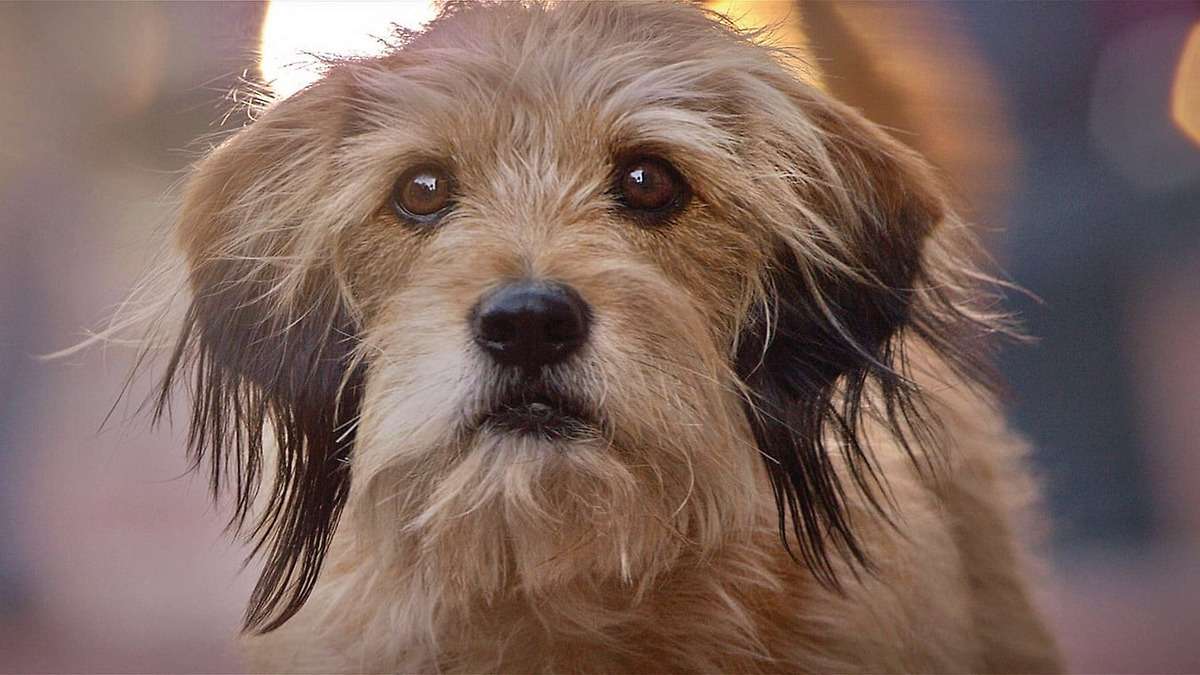
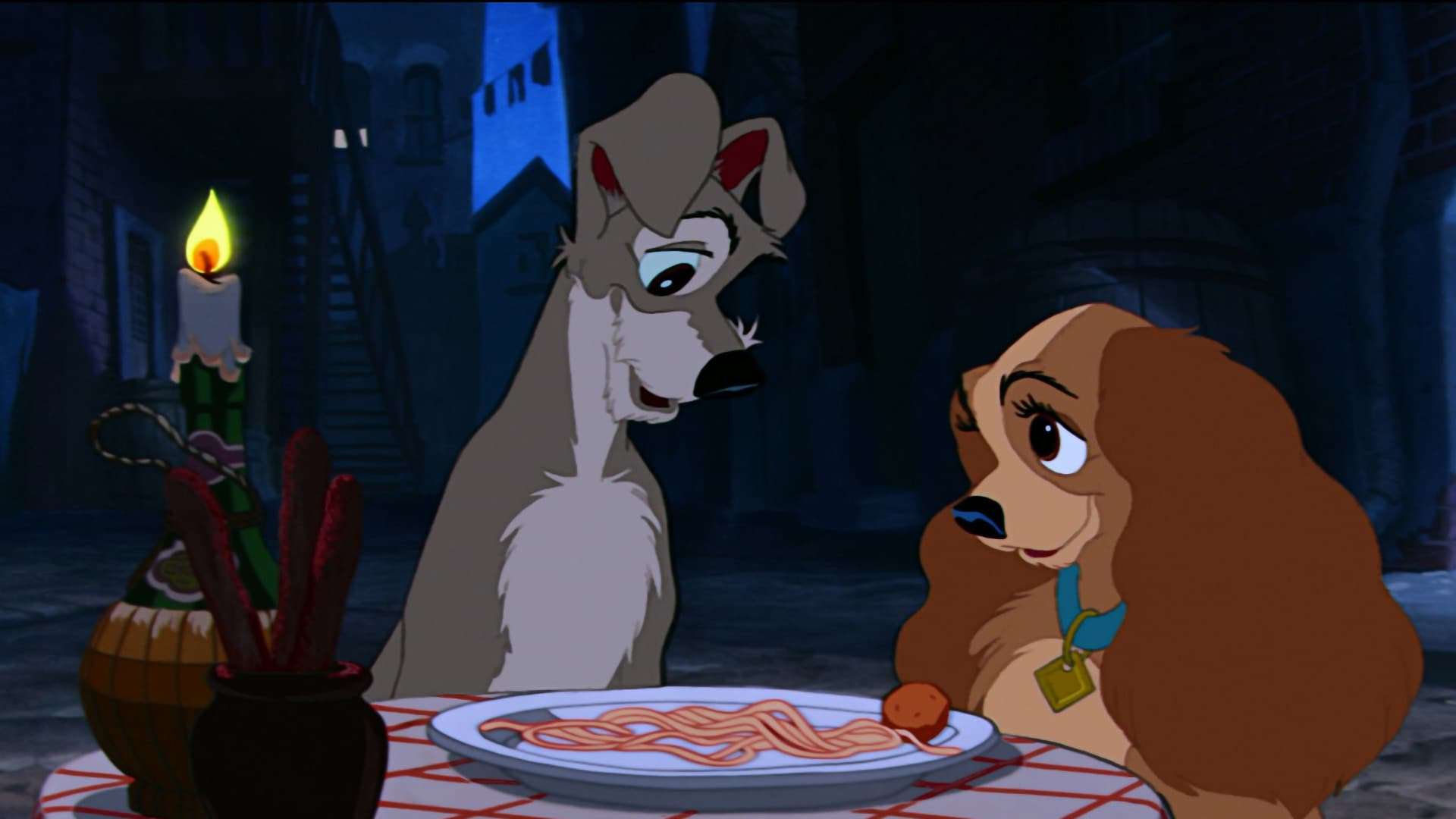
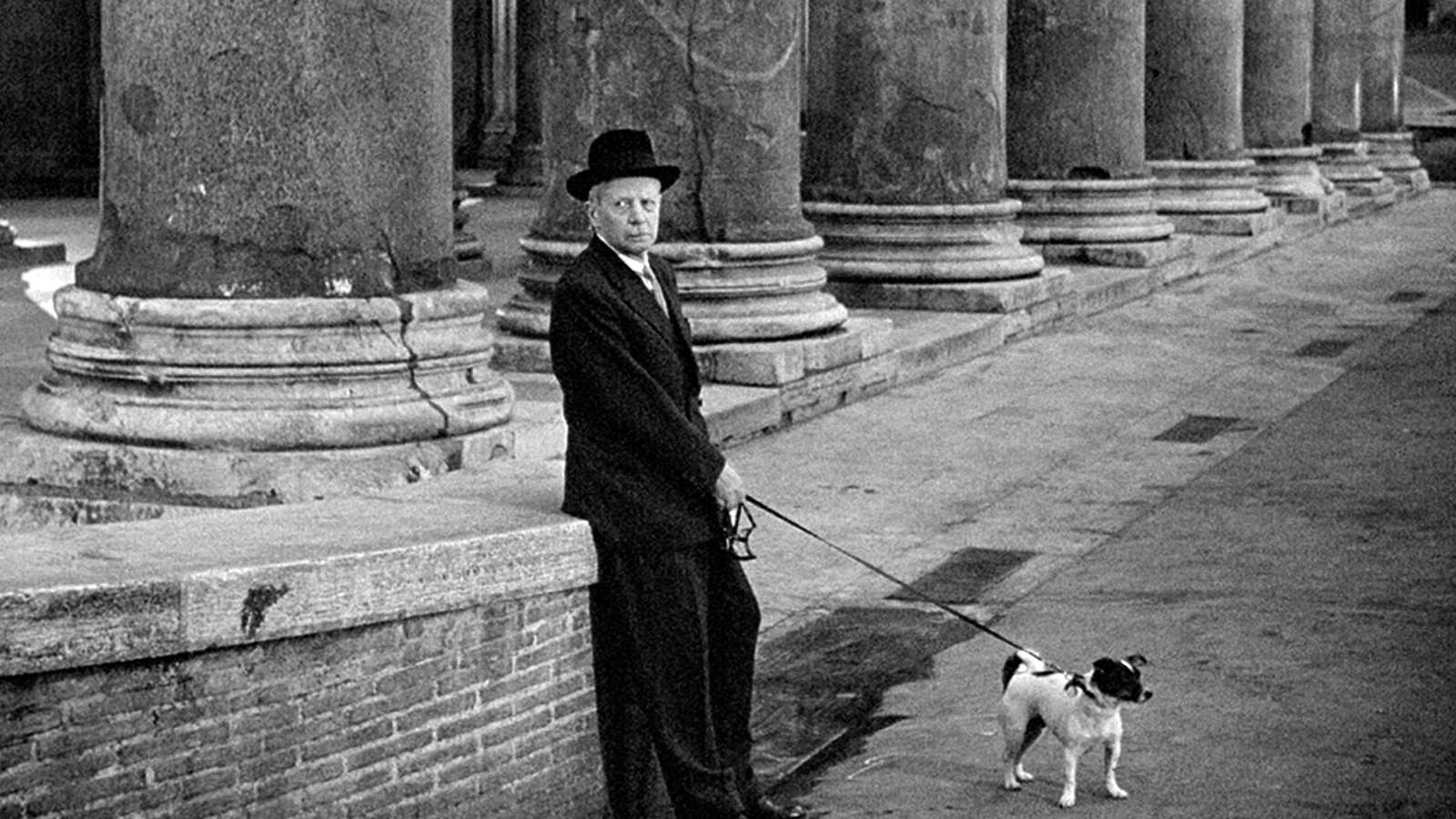
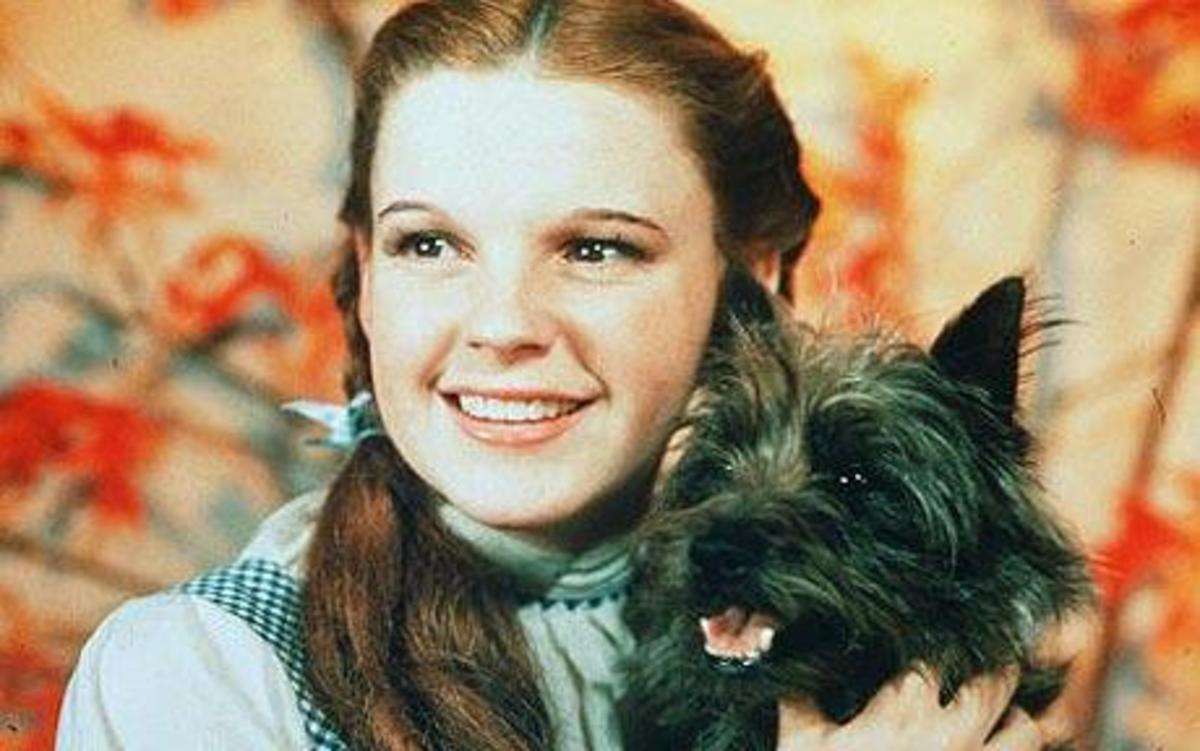
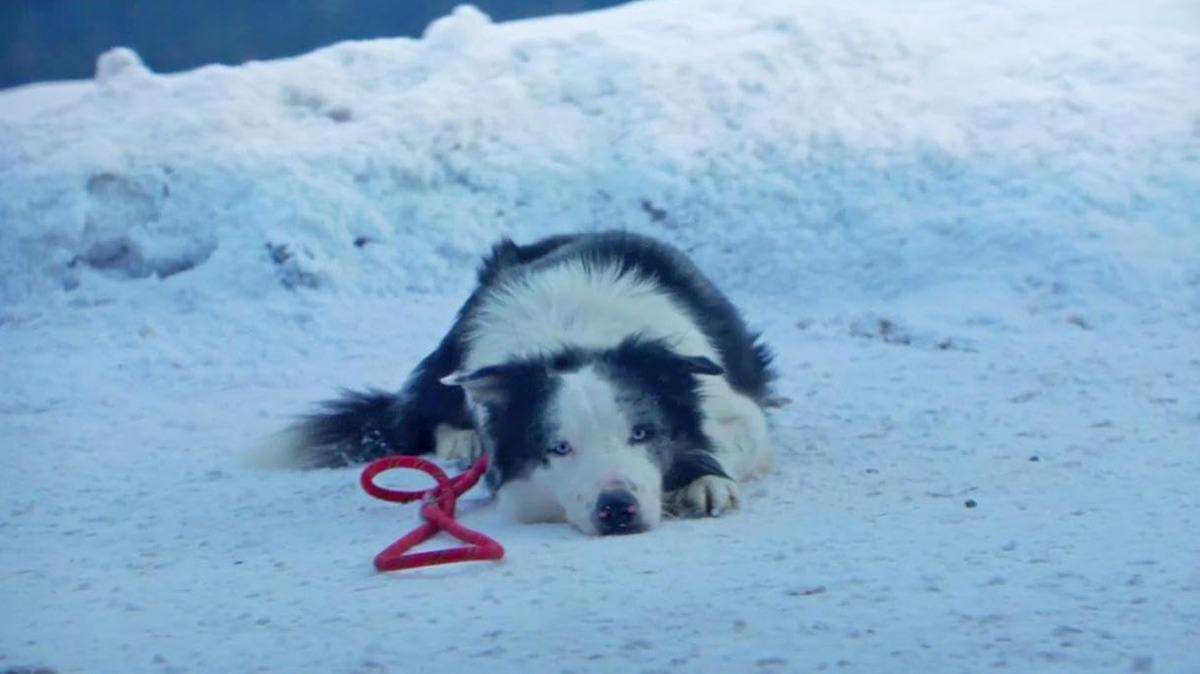
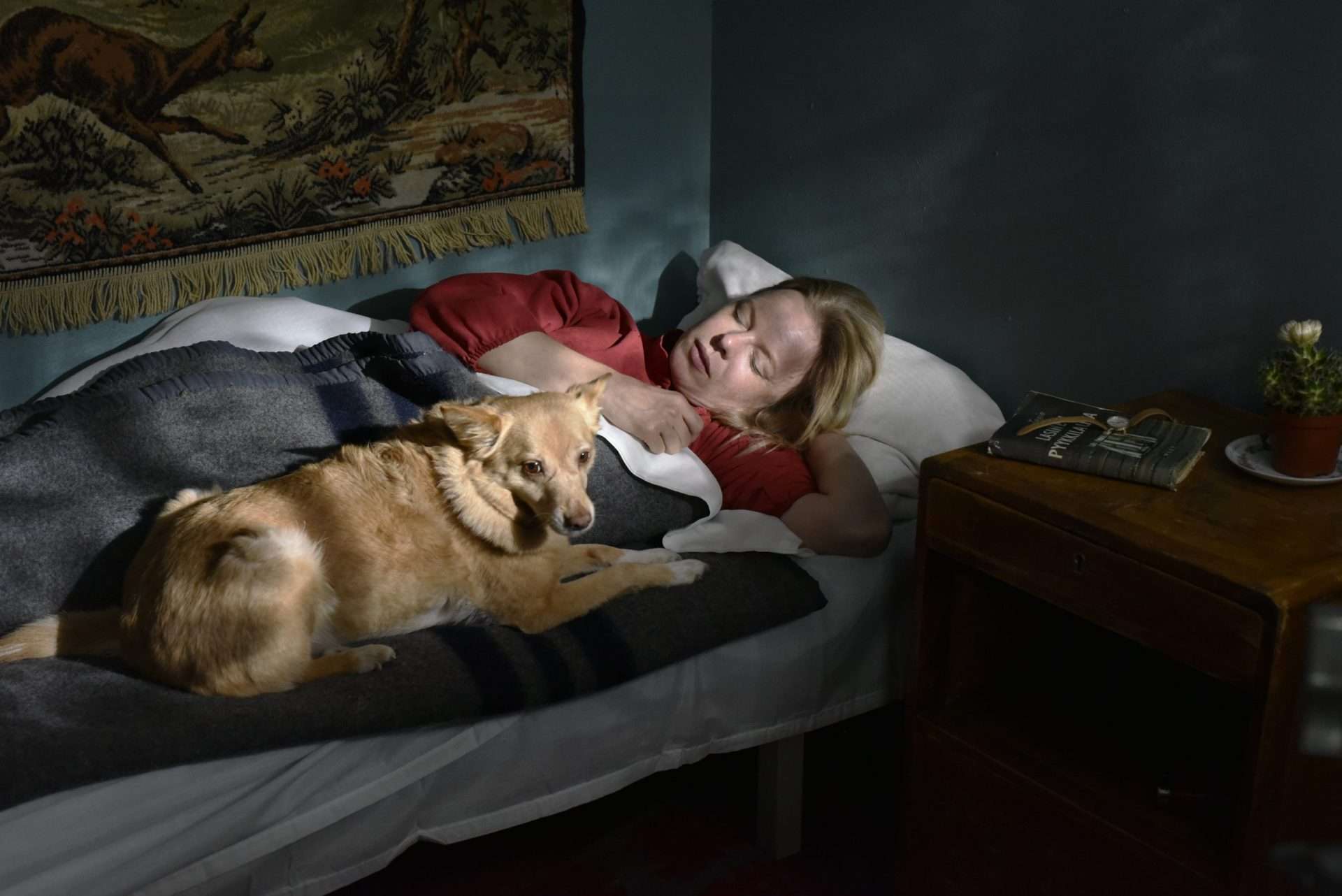








Best Dog Performances in Cinema
From what I understand, the list should include real performances by a dog.
Since ” Dug ” isn’t a real dog, it shouldn’t be here.